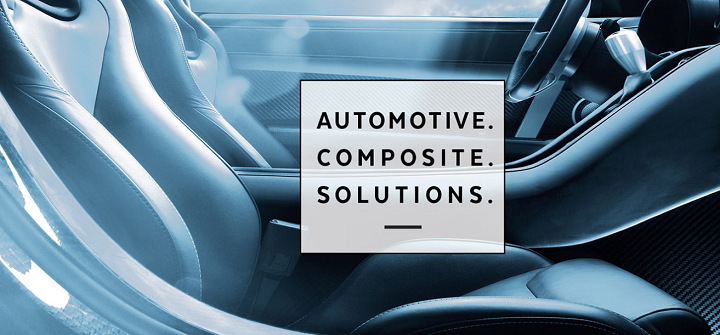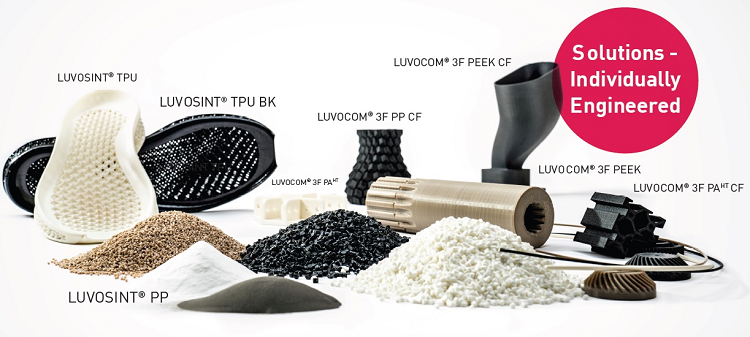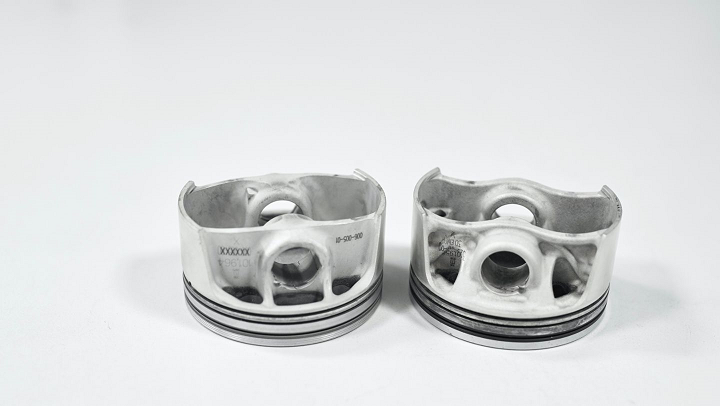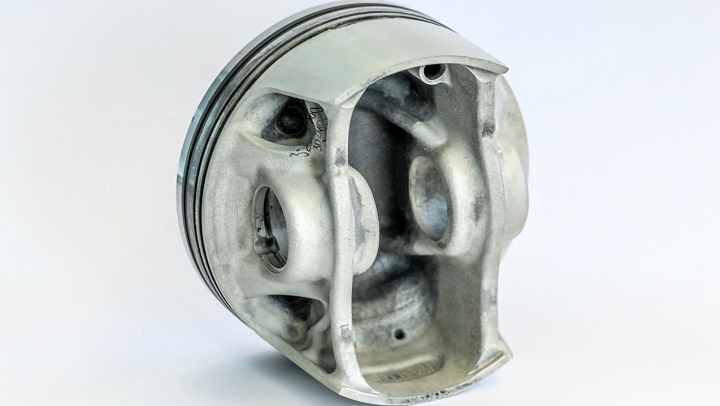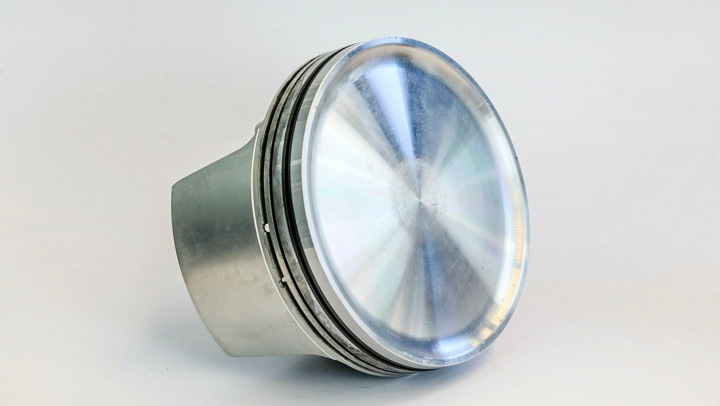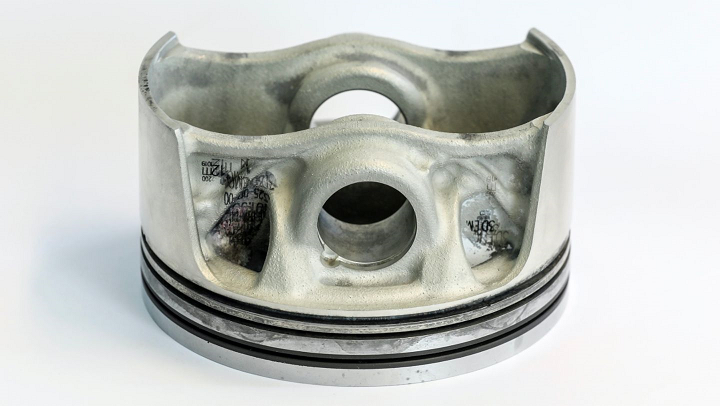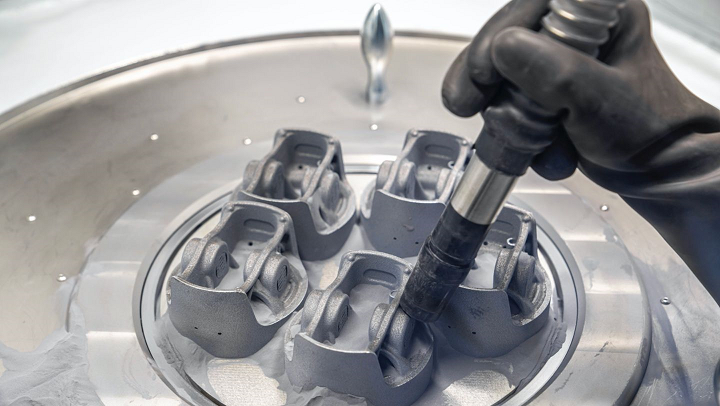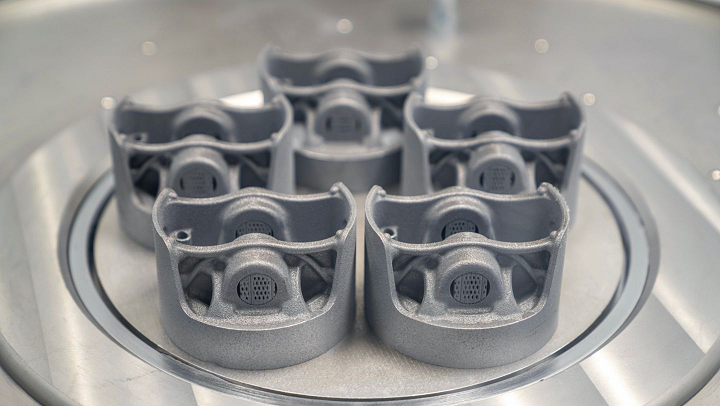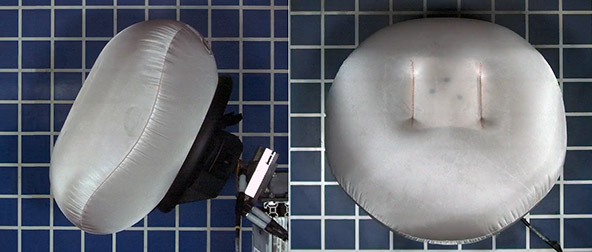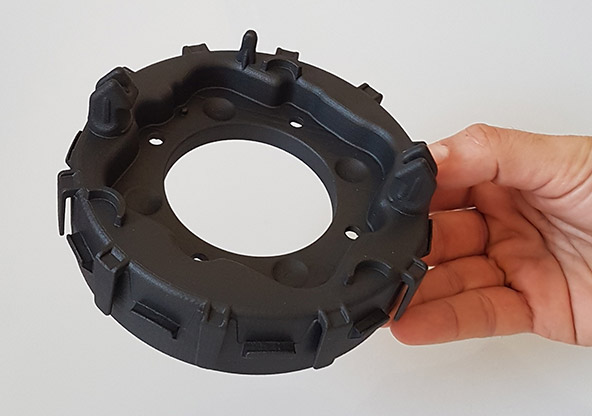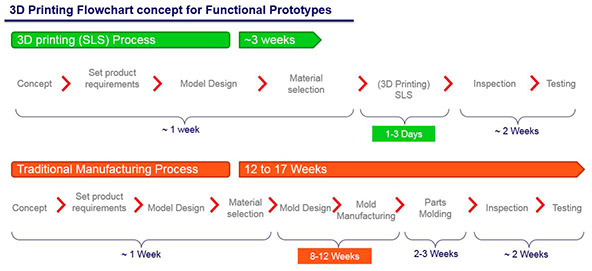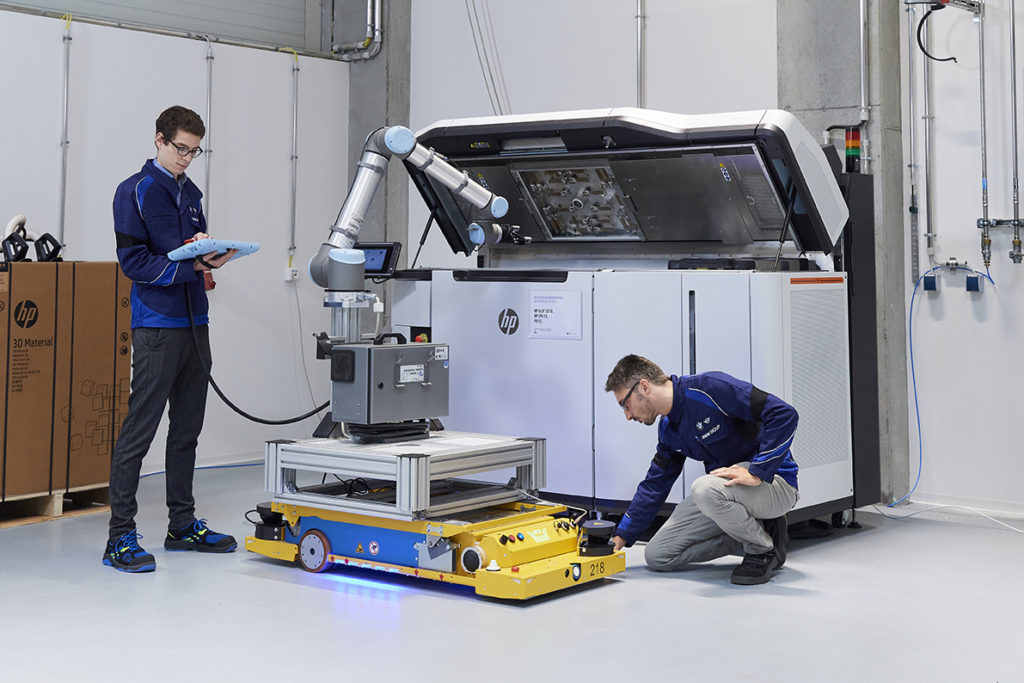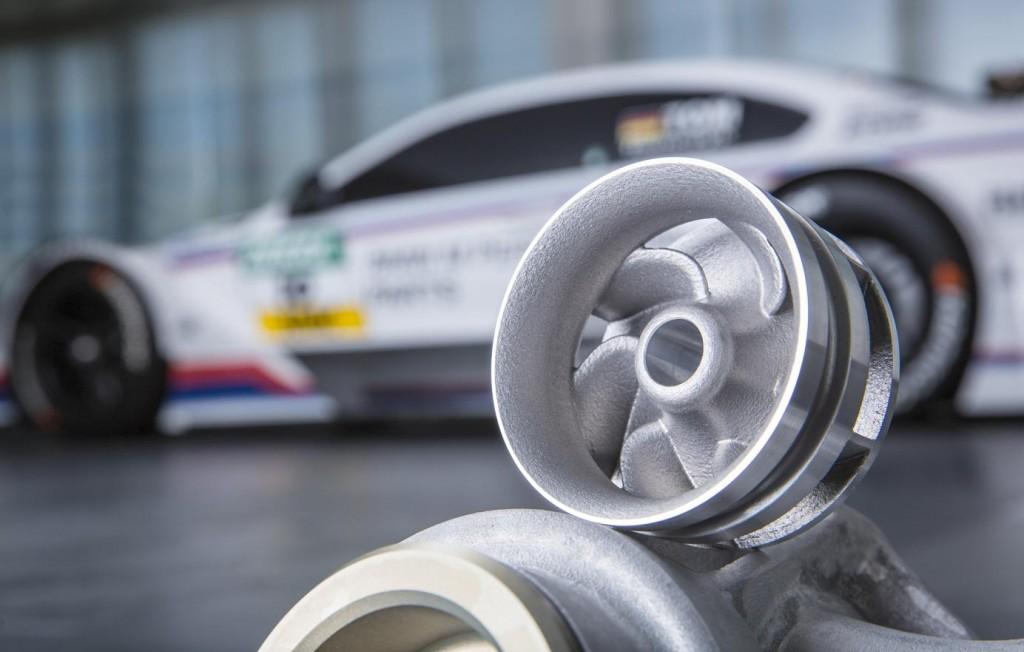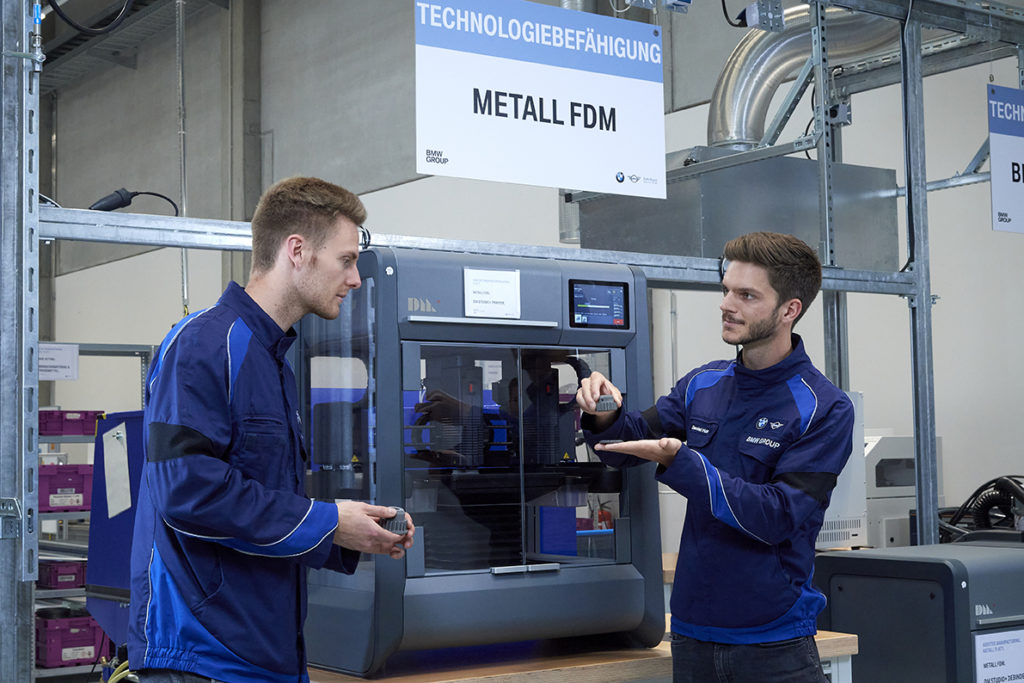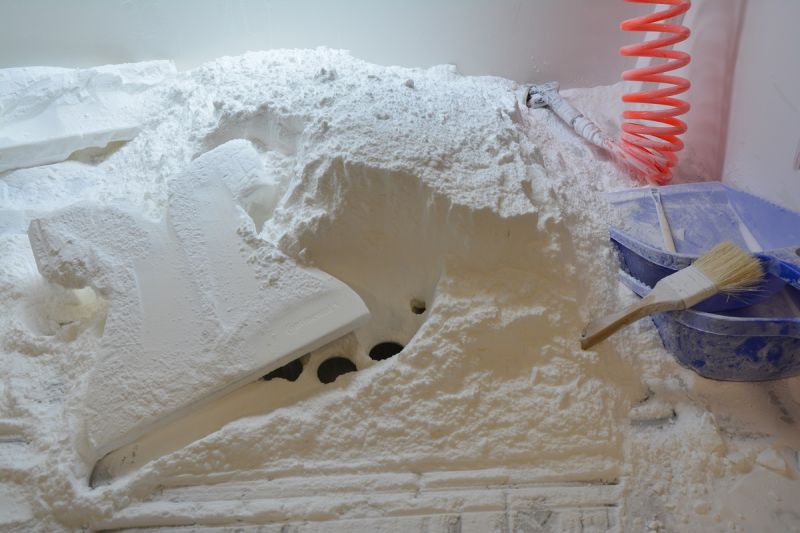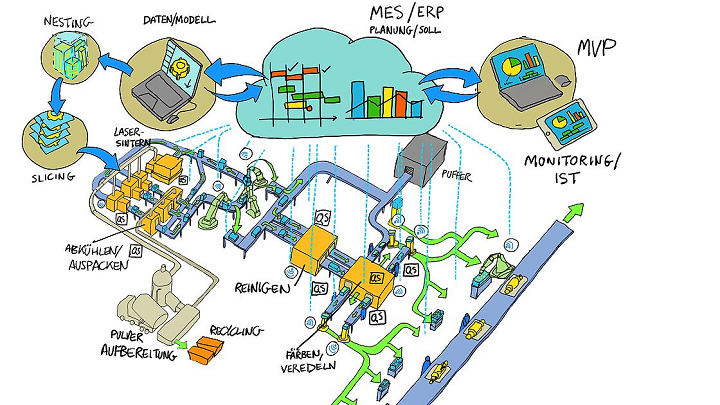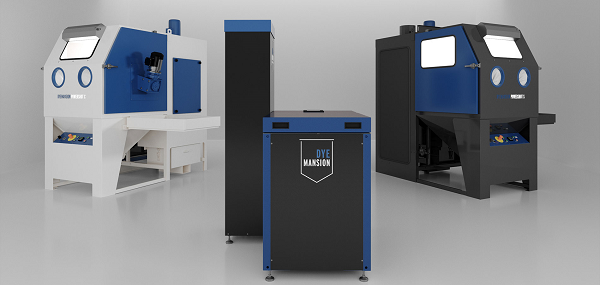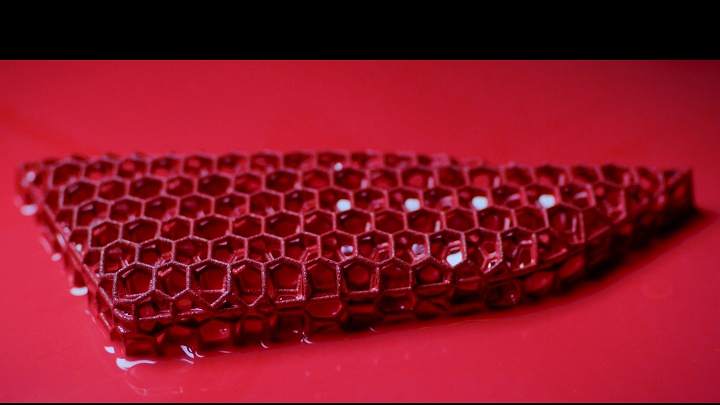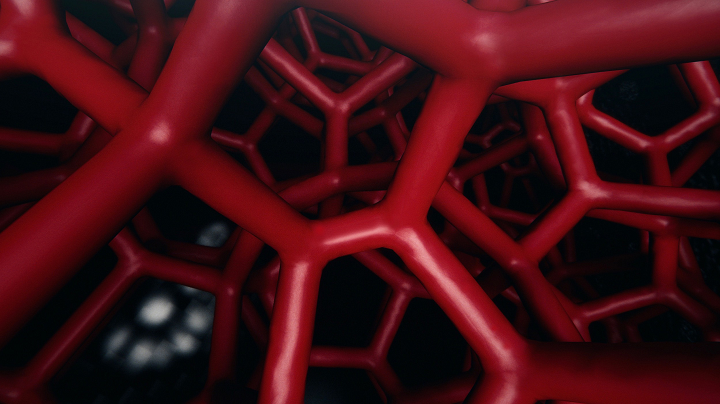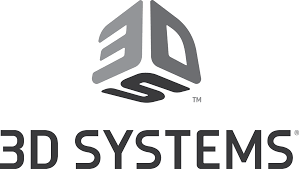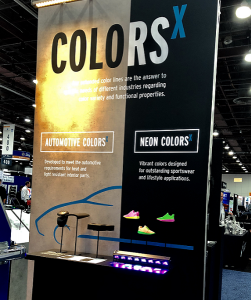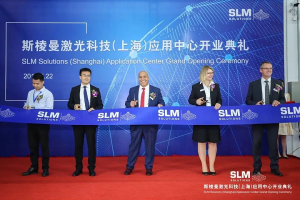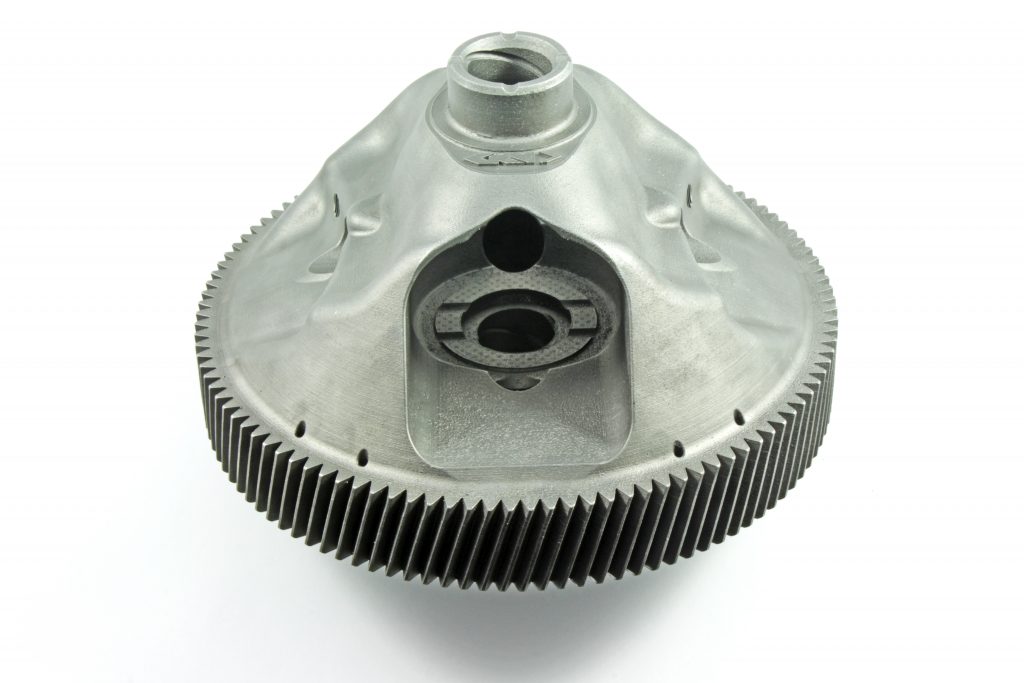3D printing materials provider Lehvoss North America, part of the LEHVOSS Group of chemical companies operating under parent company Lehmann&Voss&Co., announced that it is partnering up with Forward Engineering North America (FENA), a new division of global engineering and consulting firm Forward Engineering. This collaboration between the two is for the purposes of supporting the automotive industry through Design for Additive Manufacturing (DfAM), helping to translate the performance characteristics of both 3D printed and injection molded components.
Forward Engineering’s particular specialty is helping to include cost-effective parts, made out of fiber-reinforced polymer composite materials, in serial mass-produced automotive structures. As Lehvoss is something of a materials expert, it makes sense for FENA to partner with the group in order to teach how DfAM can positively benefit automotive components.
“Local support and bringing expertise around 3D printing together will create a hub for the 3DP value chain further strengthening the region and accelerating the deployment of additive manufactured components at automotive OEMs and tier suppliers,” stated Martin Popella, Sales & Business Development Manager at Lehvoss North America.
Germany-headquartered Forward Engineering has long supported clients in North America, which is why it opened the division in Royal Oak, Michigan. FENA, which offers production-based design and engineering services to meet the growing demand for cost-effective and automated solutions, works with technology partners in the area to speed up the adoption of “composite intensive mixed material solutions.”
We’ve definitely seen AM used for automotive applications, but materials that offer the same high-performance properties and characteristics as filled structural and semi-structural injection molding grade resin components can be difficult to find. But Lehvoss has expanded its reach, and is now offering its materials, such as Luvosint and Luvocom 3F, in North America.
Lehvoss materials have many application-specific properties, such as flame retardance, and can be custom compounded to fit specific requirements from customers, so that they can meet any necessary industry standards and requirements. One of its lines of high-performance compounds, available for FFF and powder bed fusion technologies in filament, pellet, and powder formats, definitely meet the criteria needed for automotive OEM applications.
Forward Engineering is helping OEMs and automotive tier suppliers translate specific product requirements so they can 3D print functional, structural 3F parts that mimic how the injection molded twin part performs. The 3F Twin Process that the firm developed will help engineers quickly develop and validate their concepts, and then interpret them for production parts.
“Automotive OEMs and suppliers want to accelerate product development through the production of functional structural prototypes with Additive Manufacturing (AM),” Popella explained. “3F Printing offers a relatively fast and cost-effective means to produce these functional structural prototype parts that meet demanding performance requirements. However, the right materials and process parameters must be selected to deliver quality parts that meet targeted requirements including quality, consistency and repeatability.”
As a result of their partnership, FENA and Lehvoss have set up a joint additive manufacturing lab, also in Royal Oak, Michigan, that will offer support to product development and automotive manufacturing engineers. These engineers can work directly with the Lehvoss/Forward Engineering team to determine the processes and materials that will best suit automotive applications, and even help them create functional prototypes on site.
“Successful product development requires the right mix of design, material and process,” said Adam Halsband, Forward Engineering North America’s Managing Director. “The Lehvoss/Forward Engineering collaboration and establishment of the AM lab in the center of the North American automotive product development region brings these resources together in a responsive package that is accessible to the engineers that need them.”
(Source: JEC Group)
The post 3D Printing Design for Automotive to Be Supported by Lehvoss & FENA appeared first on 3DPrint.com | The Voice of 3D Printing / Additive Manufacturing.

